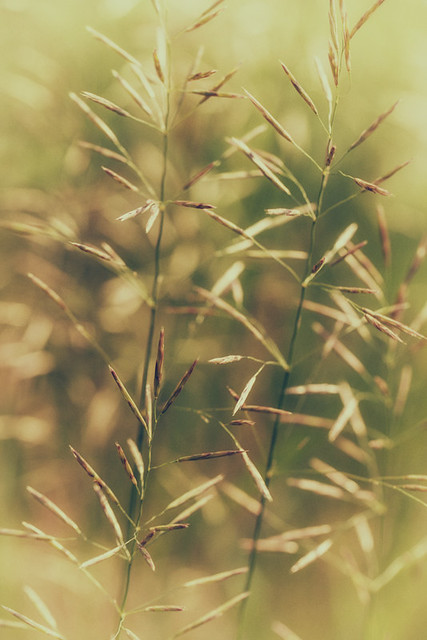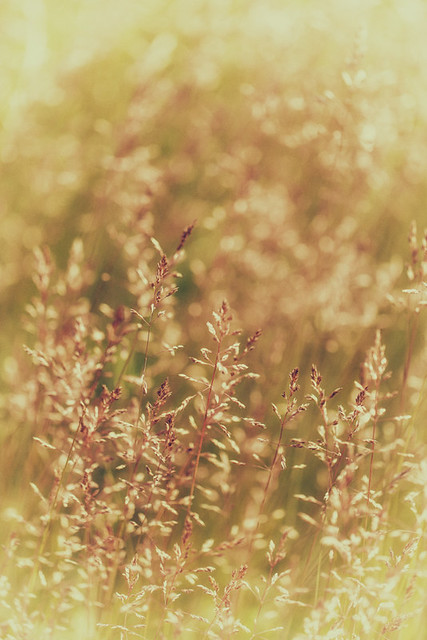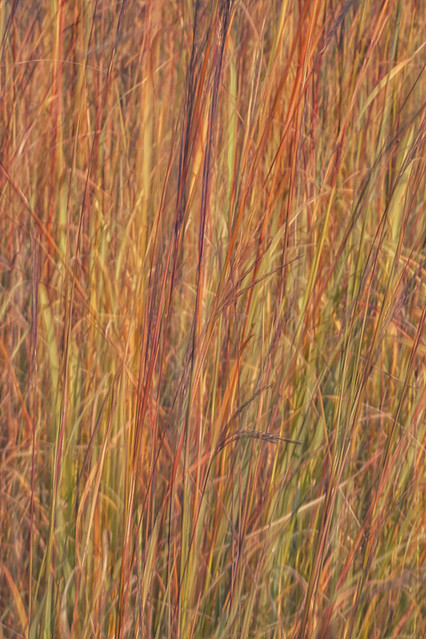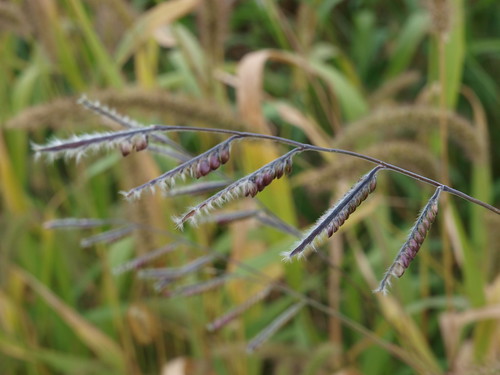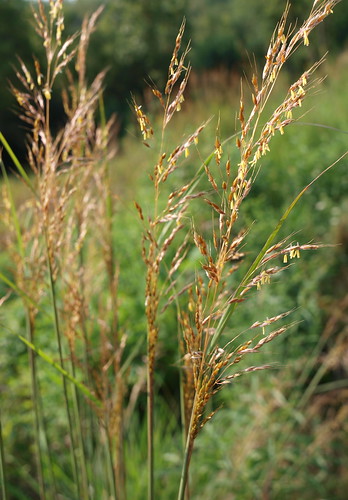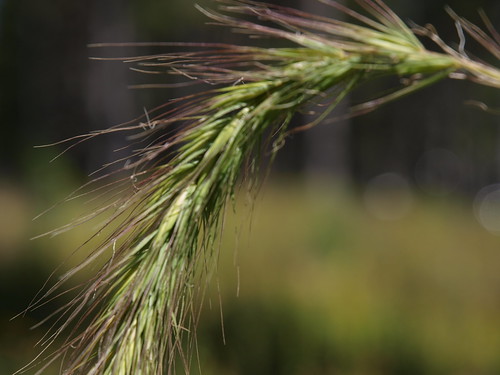I like to think of landscape not as a fixed placed but as a path that is unwinding before my eyes, under my feet. ~ Gretel Ehrlich, in introduction to Tramadol Using Mastercard Legacy of Light (1987)
I must confess that I have a weakness of empty places. ~ Tony Hillerman in Tramadol For Sale Online Uk Travelers’ Tales American Southwest (2001)
I don’t think of prairies (or deserts, for that matter) as empty places.
I see them as open spaces, places where the eye can travel without abrupt barriers, where the land offers opportunity for connection, not a dis-connect.
. . . Fitting floor / For this magnificent temple of the sky. . . ~ William Cullen Bryant (1866, “The Prairies”)
I like to walk in the prairie landscape, in the desert landscape, and be able to see in the distance.
Not distance from a mountain top – there is no easy access to walk the landscape spread before me from a mountain peak – though the view from mountain top is exhilarating, awe-provoking.
No, my preference is to see the distant landscape, and know it is under my feet as well as beyond my gaze.
—————-
Bo Mackison is a photographer and owner of Seeded Earth Studio LLC. She is getting re-acquainted with the prairie and grasslands in preparation for the next set of Wisdom Cards.
